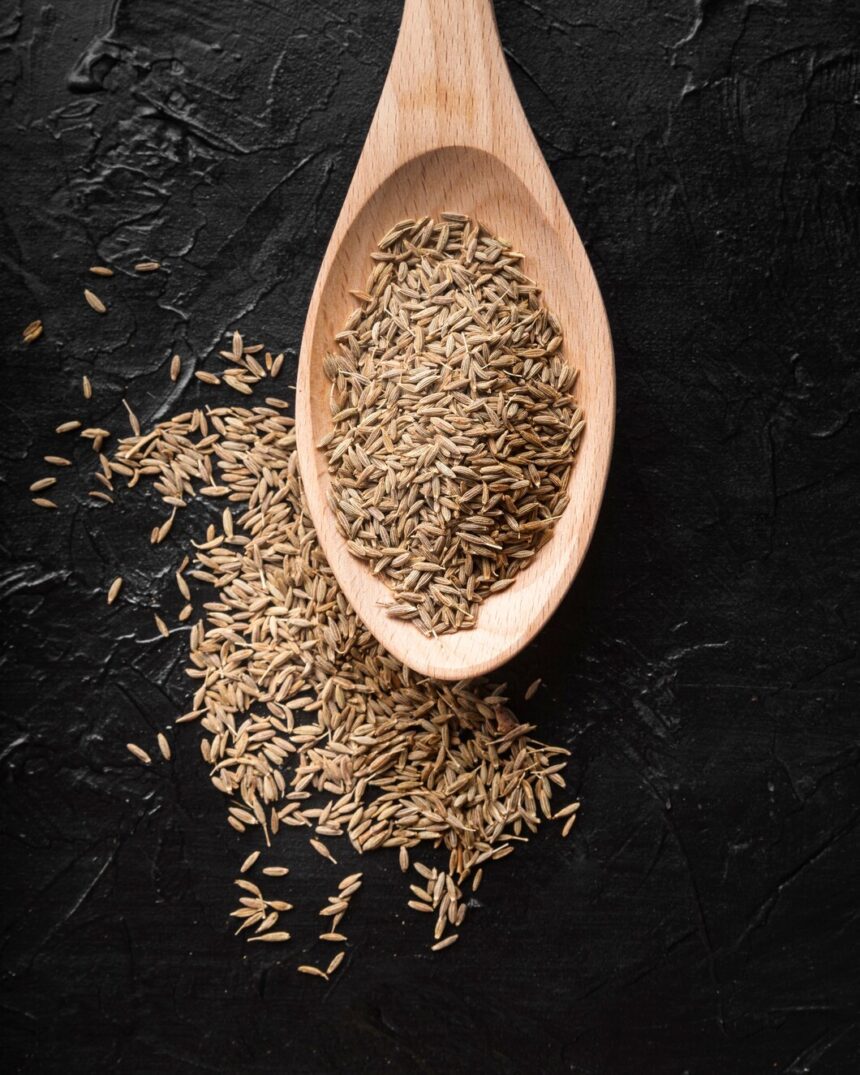Cumin, with its distinctive aroma and flavor, is a prized spice used in cuisines around the world. In South Africa, cumin cultivation presents a promising opportunity for farmers to enhance both quality and yield through strategic techniques and practices. By focusing on soil health, water management, pest and disease control, and post-harvest handling, South African cumin growers can optimize their harvests and produce high-quality cumin seeds for domestic and international markets. Let’s explore some key techniques for enhancing quality and yield in cumin cultivation:
1. Soil Preparation and Fertility Management:
The foundation of successful cumin cultivation begins with soil preparation and fertility management. Conduct soil tests to assess nutrient levels, pH, and soil structure, and amend the soil as needed with organic matter, compost, and fertilizers to create optimal growing conditions. Proper soil preparation ensures adequate nutrient availability, moisture retention, and root development, which are essential for healthy plant growth and high yields.
2. Crop Rotation and Companion Planting:
Implementing crop rotation and companion planting strategies can help improve soil health, reduce pest and disease pressure, and optimize yield potential in cumin cultivation. Rotate cumin crops with non-related crops such as legumes, cereals, or cover crops to break pest and disease cycles and replenish soil nutrients. Additionally, consider planting companion crops such as marigold, coriander, or fennel to attract beneficial insects, suppress weeds, and enhance overall ecosystem health.
3. Water Management:
Effective water management is critical for maximizing yield and quality in cumin cultivation, especially in regions prone to drought or water scarcity. Utilize irrigation scheduling tools, such as soil moisture sensors or evapotranspiration models, to determine optimal watering intervals and avoid under- or over-watering. Implement drip irrigation or furrow irrigation systems to deliver water directly to the root zone while minimizing water loss through evaporation or runoff. Additionally, practice mulching to conserve soil moisture, suppress weeds, and maintain soil temperature.
4. Pest and Disease Control:
Preventing and managing pests and diseases is essential for protecting cumin crops and ensuring optimal yield and quality. Implement integrated pest management (IPM) practices, including cultural, biological, and chemical control methods, to minimize pest damage while minimizing environmental impact. Monitor crops regularly for signs of pests and diseases, and take prompt action to mitigate outbreaks through timely interventions such as crop rotation, pest-resistant varieties, and targeted pesticide applications.
5. Harvesting and Post-Harvest Handling:
Harvest cumin crops at the appropriate stage of maturity to maximize yield and quality. Monitor crop development closely and harvest when seeds are fully matured and begin to turn brown. Use proper harvesting equipment and techniques to minimize seed damage and losses during harvesting. After harvest, handle and store cumin seeds carefully to maintain quality and prevent contamination, ensuring proper drying, cleaning, and storage conditions are maintained to preserve seed viability and market value.
6. Continuous Learning and Adaptation:
Successful cumin cultivation requires ongoing learning, adaptation, and innovation to address evolving challenges and opportunities. Stay informed about the latest research, technologies, and best practices in cumin production through participation in training programs, workshops, and agricultural extension services. Continuously monitor and evaluate your cultivation practices, and be willing to experiment with new techniques and approaches to optimize quality and yield in cumin cultivation.
In conclusion, enhancing quality and yield in cumin cultivation in South Africa requires a combination of strategic techniques, careful management practices, and continuous learning and adaptation. By prioritizing soil health, water management, pest and disease control, and post-harvest handling, South African cumin growers can optimize their harvests and produce high-quality cumin seeds that meet the demands of both domestic and international markets. With dedication, innovation, and a commitment to sustainability, South Africa’s cumin industry has the potential to thrive and contribute to the country’s agricultural prosperity for years to come.
Join 'Farmers Mag' WhatsApp Channel
Get the latest Farming news and tips delivered straight to your WhatsApp
CLICK HERE TO JOIN






